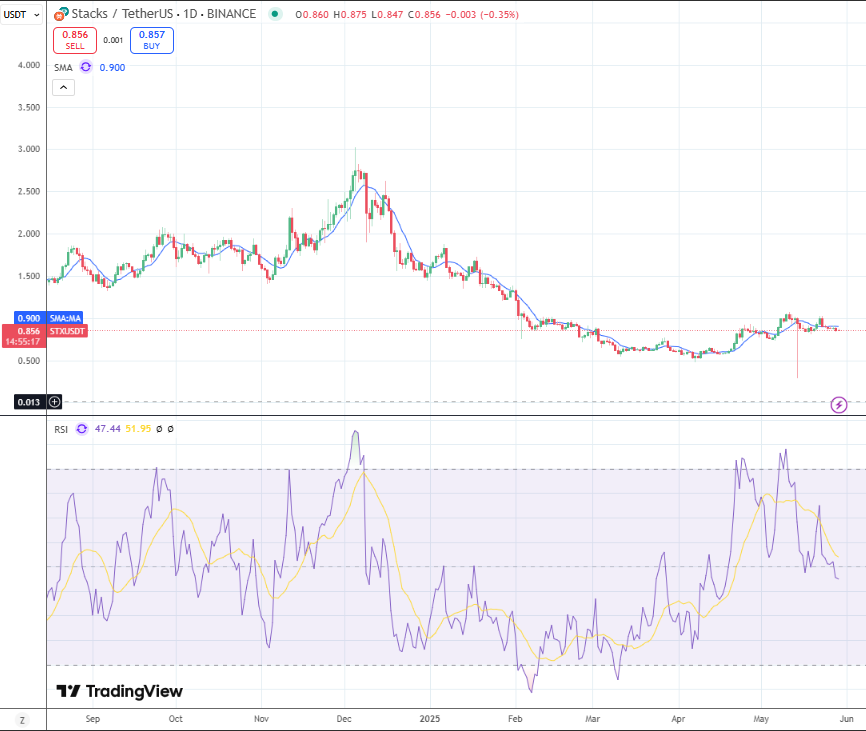This proposal introduces a new mechanism for capital formation for the STX TREASURY: the issuance of STX Bond Tokens—a decentralized analog to traditional sovereign and corporate bonds. These tokens will allow the TREASURY to raise substantial funds in a structured, transparent, and market-friendly way while simultaneously offering opportunities to both institutional and community participants.
Mechanism Design
Primary Issuance Window
-The STX TREASURY will issue STX Bond Tokens during defined issuance windows.
-Bonds are sold at a discounted rate, e.g., 0.50 STX per 1.00 STX face value, with a 3-year lockup and a defined maturity structure.
-Minimum entry for primary buyers is set high (e.g., $100,000) to attract VCs and institutional investors.
-These investors will receive locked STX tokens with a guaranteed maturity value, aligning incentives for early participation.
Secondary Market Liquidity
-A secondary market will be established for the trading of these bond tokens.
-This enables smaller participants and the broader STX community to buy in at any amount, promoting equitable access.
-VCs and institutions gain early liquidity by selling bonds on the open market, which reduces the risk premium they would typically demand.
-Price discovery occurs naturally, and market forces balance the discount rate over time.
Community Participation
-By enabling retail community members to purchase discounted STX bonds via the secondary market, we promote a more inclusive fundraising model.
-This approach can lead to greater community acceptance, as the opportunity to benefit from discounted tokens is not reserved for institutions alone.
Benefits
-Efficient Capital Formation : Attracts substantial upfront capital with a clear lock-and-release structure.
-Market-Driven Discount Optimization : A liquid secondary market reduces the need for steep discounts to attract early participants.
-Liquidity for Early Investors : Institutions can realize returns earlier through flipping, aligning incentives without long-term sell pressure on STX.
-Community-Friendly : Retail investors can participate fairly, improving trust and transparency in TREASURY fundraising.

